Muniyappa’s Course

Wooden clubs and mud greens, Indian Open champ C. Muniyappa lockdown innovations. By Robin Bose from thegolfinghub.com, in India.
C. Muniyappa, the 2009 Hero Indian Open champion, grew up learning golf on mud greens with handcrafted clubs. The setting used to be agricultural fields in his village before he moved to pristine championship courses like the Karnataka Golf Association in Bengaluru, his regular practice venue. But unknown to him then, staying connected to his village, called Poolampatti in the nearby state of Tamil Nadu, would help him many years down at a time when life and golf came to a standstill.
Since the pandemic struck last year, the visits to the village to escape the scourge of the virus were also used to stay sharp, albeit the traditional way. Muniyappa got little time to plan before the first visit and arrived in the village without his regular clubs save the odd iron and had to make do with ones carved out of the branches of a tamarind tree. It was nothing new for Muniyappa as access and affordability was not easy in the formative years. The clubs were improvised alright but in sync with the three mud greens he created last year in a portion of the land owned by his uncle.
He was better prepared this time and anticipating the second wave in late March moved to the village with a better ensemble of conventional clubs a week after the Professional Golf Tour of India got stalled again. Practice was on the mind, but also on the agenda was building a base for the family. Work on both projects started alongside and though it will be a while before the house is ready, Muniyappa was up and about with practice in no time.
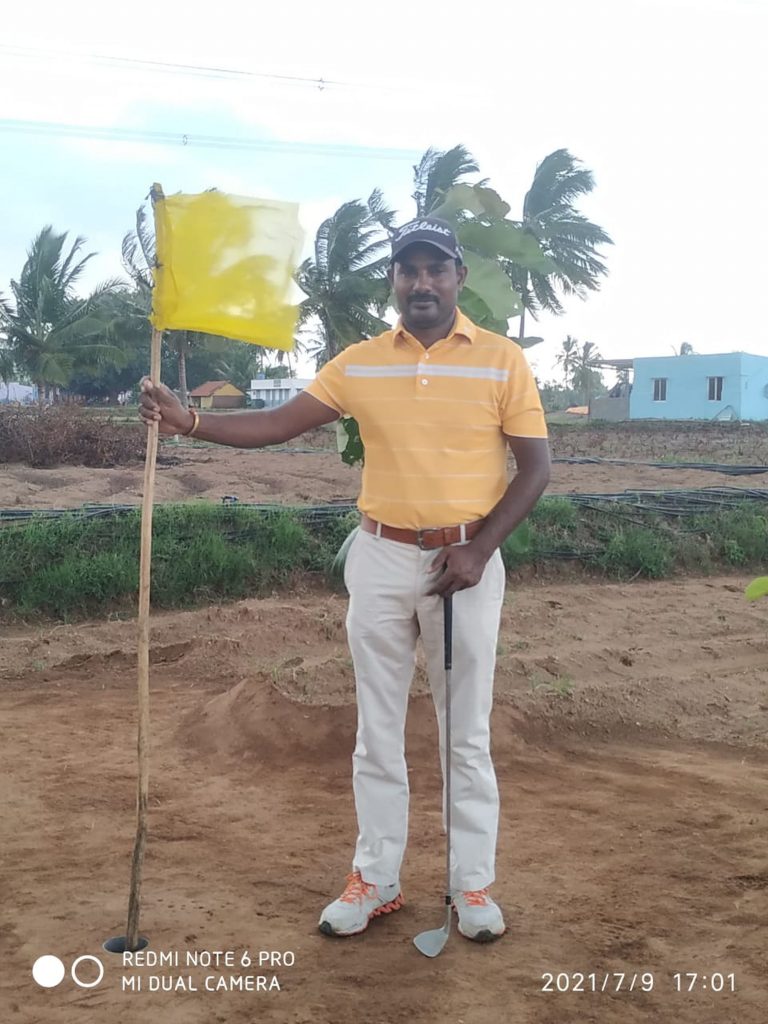 Two-and-quarter acres were earmarked for the makeshift mini golf course, and it took Muniyappa and his sons Kiran (16) and Prem (10) about two days to get the facility ready. Making use of the hilly terrain to increase the difficulty quotient, two mud greens of 150 and 120 yards have been created at a higher level while the third measuring 140 yards is on a lower gradient. Irons and a sand wedge come into use here, and since the putter broke during practice, a 9-iron is being used as a makeshift putter along with a wooden one.
Two-and-quarter acres were earmarked for the makeshift mini golf course, and it took Muniyappa and his sons Kiran (16) and Prem (10) about two days to get the facility ready. Making use of the hilly terrain to increase the difficulty quotient, two mud greens of 150 and 120 yards have been created at a higher level while the third measuring 140 yards is on a lower gradient. Irons and a sand wedge come into use here, and since the putter broke during practice, a 9-iron is being used as a makeshift putter along with a wooden one.
Through April and a portion of May, Muniyappa practiced hard, but just as the connect with the past was getting stronger, he was laid low by body ache and high fever. Given the times, it was a scare till medical reports confirmed dengue. A month went by without practice, and though yet to gain full strength, Muniyappa is getting back to the old schedule.
A typical day starts at 7am with an hour-long session of stretching, pull-ups, yoga and breathing exercises. Depending on the intensity of the sun, practice happens early in the morning or between 4-6.30 pm. Work starts from the makeshift range which allows a carry of 230 yards. Excited village kids wait at the other end to collect the balls, and for the odd golf ball as a giveaway after Muniyappa is done.
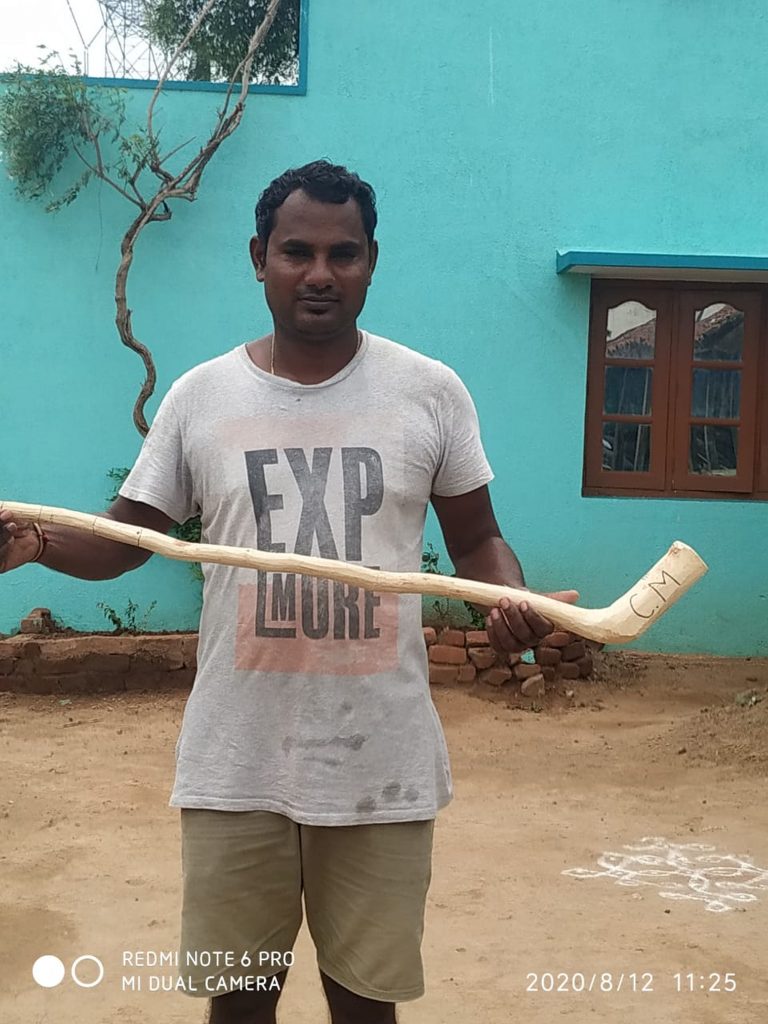


Lockdown innovations ?
Former Indian Open champion C. Muniyappa ?? making the most of the pandemic back home in India. ?⛳ pic.twitter.com/qBwzyhnopd
— Asian Tour (@asiantourgolf) July 26, 2021



The XXXII Olympiad is finally here, with the opening ceremony taking place on Friday, and next week will see the men’s golf tournament tee-off at Kasumigaseki Country Club. To whet your appetite, we look back at Rio 2016 ‒ when Justin Rose won gold in such glorious fashion.
Justin Rose’s exuberant fist pump celebration after holing the winning putt was one of the many lasting memories from Rio 2016.
Sadly, the Englishman did not make the Great Britain team for Tokyo, but he set the bar for Olympic golf in terms of passion and performance.
He became golf’s first Olympic champion since 1904 by overcoming friend and Ryder Cup partner Henrik Stenson from Sweden in a thrilling final round at the Olympic Golf Course.
Rose, 36 years old at the time, was level with Stenson on 15 under par after 17 holes but the Swede bogeyed the last while Rose sank a birdie putt to win by two shots.
The 2013 US Open champion closed with a four-under-par 67 to win on 16 under.
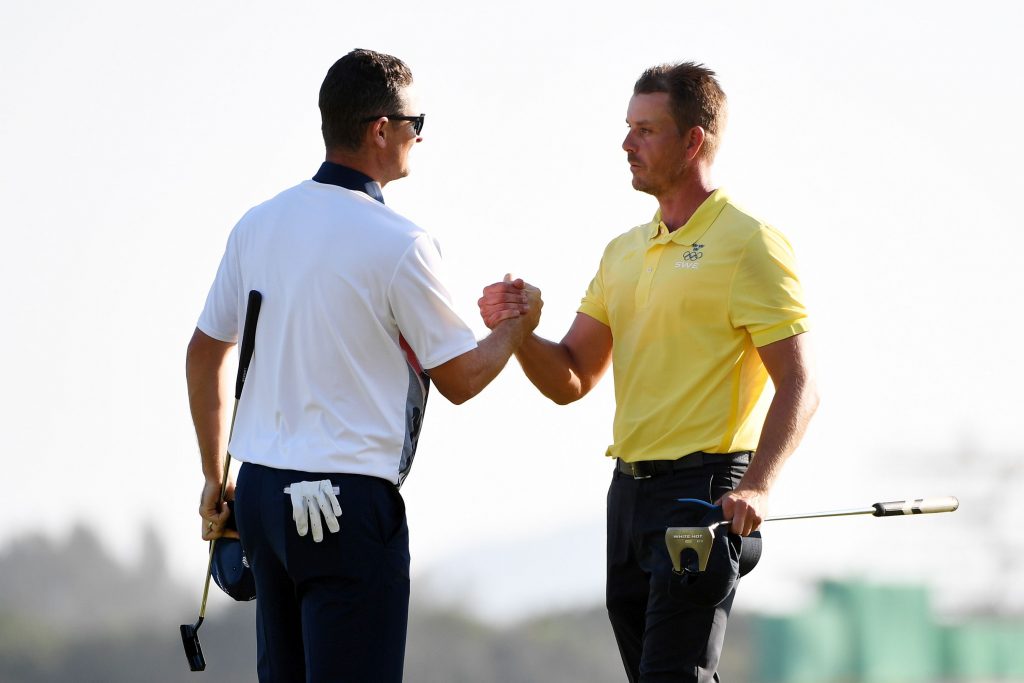


RIO DE JANEIRO, BRAZIL – AUGUST 14: Henrik Stenson (R) of Sweden congratulates Justin Rose of Great Britain as Rose celebrates winning in the final round of men’s golf on Day 9 of the Rio 2016 Olympic Games at the Olympic Golf Course on August 14, 2016 in Rio de Janeiro, Brazil. (Photo by Ross Kinnaird/Getty Images)
Stenson ‒ who two months earlier had claimed The Open ‒ took silver with a 68, while American Matt Kuchar carded a 63 to claim bronze on 13 under.
“That felt better than anything I’ve ever won,” said Rose.
“It was the best tournament I’ve ever done. Hopefully, we have shown Brazil what golf is about. I’m glad it was close. Not for my nerves, for golf.”
Rose had relished the prospect of becoming an Olympian since the moment the sport’s return to the Games was confirmed in 2009.
Such was his eagerness to be part of the experience, he arrived the week before the Olympics officially started to ensure he was part of the opening ceremony.
“It’s a dream come true,” he said. “I’ve been thinking about Rio for a long, long time. I’ve been dreaming about coming here for a few years now. I was hoping my ranking would allow me to compete in the Olympic Games.
“I came here in good form, and I felt excited about competing, excited about giving it 100%. Then, when I actually got down to Rio and experienced the whole vibe of the Olympics, to come out of it with a medal is incredible. To come out of it with gold, unbelievable.”
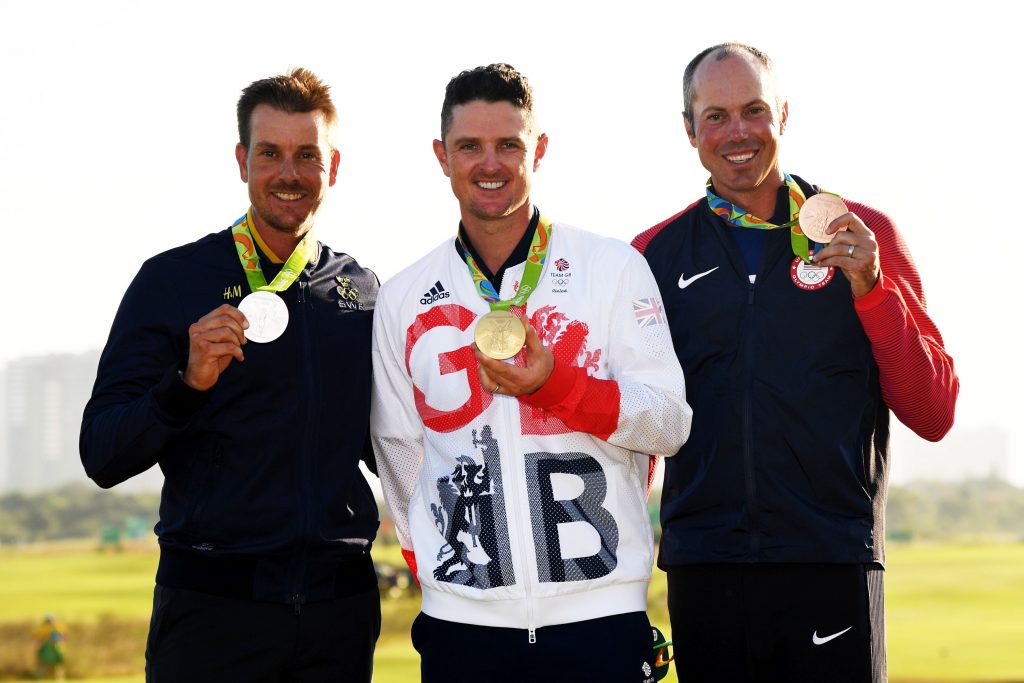


RIO DE JANEIRO, BRAZIL – AUGUST 14: Justin Rose (C) of Great Britain celebrates with the gold medal, Henrik Stenson (L) of Sweden, silver medal, and Matt Kuchar of the United States, bronze medal, after the final round of men’s golf on Day 9 of the Rio 2016 Olympic Games at the Olympic Golf Course on August 14, 2016 in Rio de Janeiro, Brazil. (Photo by Ross Kinnaird/Getty Images)
The Englishman made history by hitting Olympic golf’s first hole-in-one in the opening round and started Sunday with a one-shot lead, before shooting four birdies and just one bogey on his outward nine.
Stenson carded birdies in four of his first 10 holes and drew level with Rose when the leader dropped a shot on the 13th.
It looked like a play-off would be needed to separate them, but Rose held his nerve on the par-five last, chipping his approach to two feet from the hole, while Stenson’s spun away to around 20 feet.
The Swede then raced his birdie putt eight feet past the hole and missed the return to allow Rose the luxury of two putts for victory. He needed just the one.
Earlier, Stenson had been forced to summon the trainer to help with back issues on the 14th hole, which left him face down on the tee for a brief spell. He went on to bogey the hole.
“I didn’t make the best swings there for a little while, but it wasn’t hindering me too much,” Stenson said. “But it’s not something you plan to have worked on out on the course.
“It did kind of put me out of rhythm a little bit, but I was still there till the end. It was just down to whoever made a birdie on the last, otherwise we would have been out for a play-off.”
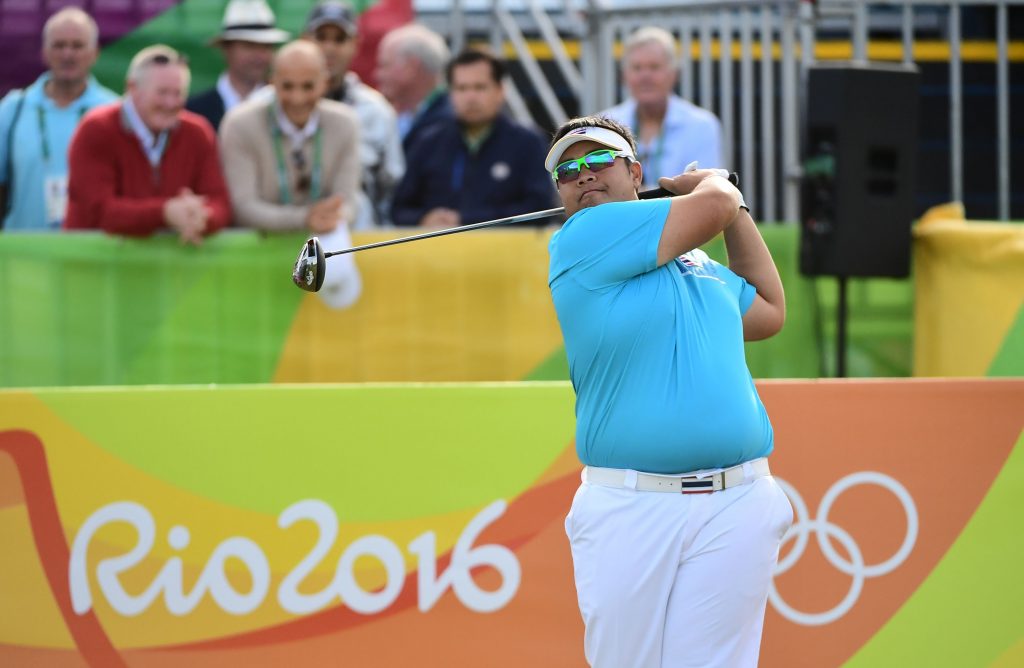


Thailand’s Kiradech Aphibarnrat competes in the men’s individual stroke play at the Olympic Golf course during the Rio 2016 Olympic Games in Rio de Janeiro on August 11, 2016. / AFP / Emmanuel DUNAND (Photo credit should read EMMANUEL DUNAND/AFP via Getty Images)
A total of 14 Asian Tour members competed in Rio, with several players excelling: in particular, Australian Marcus Fraser and Kiradech Aphibarnrat from Thailand tied for fifth, just eight shots behind Rose. Fraser, in fact, led after day one and two.
But more than the performances it was the Olympic experience that was remembered the most by the Asian Tour players who competed.
Bangladesh star Siddikur Rahman was the flag bearer for his country, Brazil’s Adilson da Silva was the first player to tee off in the first round, and Malaysian Gavin Green, inspired by the occasion, promptly got an Olympic tattoo on his arm when he returned home.



Report by Robin Bose from thegolfinghub.com, in India.
Udayan Mane does not care much about the cliché, “I grew up dreaming of the Olympics.” He had an “unreal” wish of featuring in the Ryder Cup though, but not the Olympic Games. “As kids, we engaged in putting competitions to win The Masters, but the Olympics was never on the to-do list,” said the Indian.
But since golf returned to the Games after 112 years at Rio 2016, Mane made an addition to the checklist. The week of the event in Rio, Mane was keyed in, making it a point to tune in for the post-round interviews of Justin Rose, Henrik Stenson and Matt Kuchar in particular to “get a sense of the atmosphere”.
He stepped up by raising his craft several notches and specific work going into fitness. The hours of toil paid off as Mane qualified for Tokyo courtesy of a prolific run on the Professional Golf Tour of India between December 2019 and March 2020 that saw him win thrice in succession and finish second before the virus struck.
But the road to Tokyo had been an arduous one.
With overseas travel an uphill task and tournaments at home after the pandemic hit happening in fits and starts, Mane’s ranking dropped. With time, interest in the Olympic rankings waned too but he kept doing what he was supposed to. Mane won the Delhi NCR Open, the last event on the Professional Golf Tour of India before Lockdown 2 this year, but he was aware that would not suffice. Mails were shot off to the European and Sunshine Tours requesting for spots. The South African Tour responded favourably but by May India was in the red zone, making leaving the shores impossible. Another opportunity was the Asia Pacific Diamond Cup on the Japan Golf Tour, but the 14-day quarantine rule did not make sense.
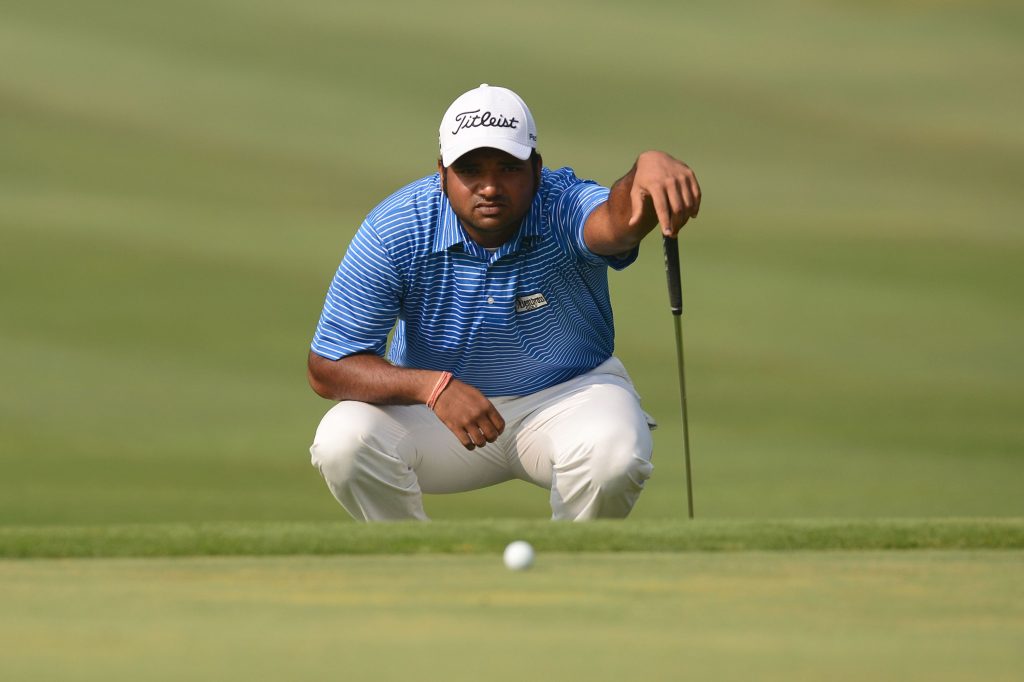


DHAKA, BANGLADESH – FEBRUARY 04: Udayan Mane of India in action during round four of the Bashundhara Bangladesh Open at Kurmitola Golf Club on February 4, 2017 in Dhaka, Bangladesh. (Photo by Arep Kulal/Asian Tour/Asian Tour via Getty Images)
The angst got deeper when Mane was informed by the Indian Golf Union, the national federation, in June that he did not figure even among the Olympic replacements. Mane ploughed on with his daily schedule but with a tinge of disappointment. But when news broke of Emiliano Grillo’s pull out from the Olympics, which paved his way to join Anirban Lahiri in Tokyo, it was like elixir. Practice at the Poona Club got more structured and with a lot more intent.
The golf course yet to reopen after the second wave in the country, Mane is the lone figure practicing with undivided focus. Initially, when news broke of his qualification, the phone did not stop ringing and that was an irritant. At the risk of seeming impolite, Mane had to switch off as there is a task on hand.
Peace has been restored and its Mane, Rupesh, his caddy on Tour, and fitness trainer Samarth Dwivedi hard at work. A typical day starts at 8am with mobility and conditioning under the watchful eyes of Dwivedi. The 90-minute session at the gym, again out of bounds for everyone else, is followed by breakfast before hitting the golf course around 11am. From then till 6pm, all aspects of the game are covered interspersed by playing nine or 18 holes six days a week.



DHAKA, BANGLADESH – FEBRUARY 04: Udayan Mane of India in action during round four of the Bashundhara Bangladesh Open at Kurmitola Golf Club on February 4, 2017 in Dhaka, Bangladesh. (Photo by Arep Kulal/Asian Tour/Asian Tour via Getty Images)
Notes are also being exchanged between the two Olympic-bound athletes and Rahil Gangjee, their go-to man on what to expect in Japan. Mane has made it a point to have a chat with Gangjee at least once a week so that enough updates are got on the conditions before departure.
After the dismal phase of watching the world pass by, the mood is upbeat and should a medal come India’s way, the Mane household in Pune will have a quiet celebration, quite like the way they embraced his qualification. It was over roast chicken, mashed potatoes, and veggies; a podium finish will call for a more elaborate menu.


Muniyappa’s Course
By - simon
[addtoany]


Former Indian Open champion making the most of the pandemic
Wooden clubs and mud greens, Indian Open champ C. Muniyappa lockdown innovations. By Robin Bose from thegolfinghub.com, in India.
C. Muniyappa, the 2009 Hero Indian Open champion, grew up learning golf on mud greens with handcrafted clubs. The setting used to be agricultural fields in his village before he moved to pristine championship courses like the Karnataka Golf Association in Bengaluru, his regular practice venue. But unknown to him then, staying connected to his village, called Poolampatti in the nearby state of Tamil Nadu, would help him many years down at a time when life and golf came to a standstill.
Since the pandemic struck last year, the visits to the village to escape the scourge of the virus were also used to stay sharp, albeit the traditional way. Muniyappa got little time to plan before the first visit and arrived in the village without his regular clubs save the odd iron and had to make do with ones carved out of the branches of a tamarind tree. It was nothing new for Muniyappa as access and affordability was not easy in the formative years. The clubs were improvised alright but in sync with the three mud greens he created last year in a portion of the land owned by his uncle.
He was better prepared this time and anticipating the second wave in late March moved to the village with a better ensemble of conventional clubs a week after the Professional Golf Tour of India got stalled again. Practice was on the mind, but also on the agenda was building a base for the family. Work on both projects started alongside and though it will be a while before the house is ready, Muniyappa was up and about with practice in no time.



Through April and a portion of May, Muniyappa practiced hard, but just as the connect with the past was getting stronger, he was laid low by body ache and high fever. Given the times, it was a scare till medical reports confirmed dengue. A month went by without practice, and though yet to gain full strength, Muniyappa is getting back to the old schedule.
A typical day starts at 7am with an hour-long session of stretching, pull-ups, yoga and breathing exercises. Depending on the intensity of the sun, practice happens early in the morning or between 4-6.30 pm. Work starts from the makeshift range which allows a carry of 230 yards. Excited village kids wait at the other end to collect the balls, and for the odd golf ball as a giveaway after Muniyappa is done.



Lockdown innovations ?
Former Indian Open champion C. Muniyappa ?? making the most of the pandemic back home in India. ?⛳ pic.twitter.com/qBwzyhnopd
— Asian Tour (@asiantourgolf) July 26, 2021



Justin Rose’s classic head-to-head with Henrik Stenson
The XXXII Olympiad is finally here, with the opening ceremony taking place on Friday, and next week will see the men’s golf tournament tee-off at Kasumigaseki Country Club. To whet your appetite, we look back at Rio 2016 ‒ when Justin Rose won gold in such glorious fashion.
Justin Rose’s exuberant fist pump celebration after holing the winning putt was one of the many lasting memories from Rio 2016.
Sadly, the Englishman did not make the Great Britain team for Tokyo, but he set the bar for Olympic golf in terms of passion and performance.
He became golf’s first Olympic champion since 1904 by overcoming friend and Ryder Cup partner Henrik Stenson from Sweden in a thrilling final round at the Olympic Golf Course.
Rose, 36 years old at the time, was level with Stenson on 15 under par after 17 holes but the Swede bogeyed the last while Rose sank a birdie putt to win by two shots.
The 2013 US Open champion closed with a four-under-par 67 to win on 16 under.



RIO DE JANEIRO, BRAZIL – AUGUST 14: Henrik Stenson (R) of Sweden congratulates Justin Rose of Great Britain as Rose celebrates winning in the final round of men’s golf on Day 9 of the Rio 2016 Olympic Games at the Olympic Golf Course on August 14, 2016 in Rio de Janeiro, Brazil. (Photo by Ross Kinnaird/Getty Images)
Stenson ‒ who two months earlier had claimed The Open ‒ took silver with a 68, while American Matt Kuchar carded a 63 to claim bronze on 13 under.
“That felt better than anything I’ve ever won,” said Rose.
“It was the best tournament I’ve ever done. Hopefully, we have shown Brazil what golf is about. I’m glad it was close. Not for my nerves, for golf.”
Rose had relished the prospect of becoming an Olympian since the moment the sport’s return to the Games was confirmed in 2009.
Such was his eagerness to be part of the experience, he arrived the week before the Olympics officially started to ensure he was part of the opening ceremony.
“It’s a dream come true,” he said. “I’ve been thinking about Rio for a long, long time. I’ve been dreaming about coming here for a few years now. I was hoping my ranking would allow me to compete in the Olympic Games.
“I came here in good form, and I felt excited about competing, excited about giving it 100%. Then, when I actually got down to Rio and experienced the whole vibe of the Olympics, to come out of it with a medal is incredible. To come out of it with gold, unbelievable.”



RIO DE JANEIRO, BRAZIL – AUGUST 14: Justin Rose (C) of Great Britain celebrates with the gold medal, Henrik Stenson (L) of Sweden, silver medal, and Matt Kuchar of the United States, bronze medal, after the final round of men’s golf on Day 9 of the Rio 2016 Olympic Games at the Olympic Golf Course on August 14, 2016 in Rio de Janeiro, Brazil. (Photo by Ross Kinnaird/Getty Images)
The Englishman made history by hitting Olympic golf’s first hole-in-one in the opening round and started Sunday with a one-shot lead, before shooting four birdies and just one bogey on his outward nine.
Stenson carded birdies in four of his first 10 holes and drew level with Rose when the leader dropped a shot on the 13th.
It looked like a play-off would be needed to separate them, but Rose held his nerve on the par-five last, chipping his approach to two feet from the hole, while Stenson’s spun away to around 20 feet.
The Swede then raced his birdie putt eight feet past the hole and missed the return to allow Rose the luxury of two putts for victory. He needed just the one.
Earlier, Stenson had been forced to summon the trainer to help with back issues on the 14th hole, which left him face down on the tee for a brief spell. He went on to bogey the hole.
“I didn’t make the best swings there for a little while, but it wasn’t hindering me too much,” Stenson said. “But it’s not something you plan to have worked on out on the course.
“It did kind of put me out of rhythm a little bit, but I was still there till the end. It was just down to whoever made a birdie on the last, otherwise we would have been out for a play-off.”



Thailand’s Kiradech Aphibarnrat competes in the men’s individual stroke play at the Olympic Golf course during the Rio 2016 Olympic Games in Rio de Janeiro on August 11, 2016. / AFP / Emmanuel DUNAND (Photo credit should read EMMANUEL DUNAND/AFP via Getty Images)
A total of 14 Asian Tour members competed in Rio, with several players excelling: in particular, Australian Marcus Fraser and Kiradech Aphibarnrat from Thailand tied for fifth, just eight shots behind Rose. Fraser, in fact, led after day one and two.
But more than the performances it was the Olympic experience that was remembered the most by the Asian Tour players who competed.
Bangladesh star Siddikur Rahman was the flag bearer for his country, Brazil’s Adilson da Silva was the first player to tee off in the first round, and Malaysian Gavin Green, inspired by the occasion, promptly got an Olympic tattoo on his arm when he returned home.



Indian star waited patiently for Olympic berth
Report by Robin Bose from thegolfinghub.com, in India.
Udayan Mane does not care much about the cliché, “I grew up dreaming of the Olympics.” He had an “unreal” wish of featuring in the Ryder Cup though, but not the Olympic Games. “As kids, we engaged in putting competitions to win The Masters, but the Olympics was never on the to-do list,” said the Indian.
But since golf returned to the Games after 112 years at Rio 2016, Mane made an addition to the checklist. The week of the event in Rio, Mane was keyed in, making it a point to tune in for the post-round interviews of Justin Rose, Henrik Stenson and Matt Kuchar in particular to “get a sense of the atmosphere”.
He stepped up by raising his craft several notches and specific work going into fitness. The hours of toil paid off as Mane qualified for Tokyo courtesy of a prolific run on the Professional Golf Tour of India between December 2019 and March 2020 that saw him win thrice in succession and finish second before the virus struck.
But the road to Tokyo had been an arduous one.
With overseas travel an uphill task and tournaments at home after the pandemic hit happening in fits and starts, Mane’s ranking dropped. With time, interest in the Olympic rankings waned too but he kept doing what he was supposed to. Mane won the Delhi NCR Open, the last event on the Professional Golf Tour of India before Lockdown 2 this year, but he was aware that would not suffice. Mails were shot off to the European and Sunshine Tours requesting for spots. The South African Tour responded favourably but by May India was in the red zone, making leaving the shores impossible. Another opportunity was the Asia Pacific Diamond Cup on the Japan Golf Tour, but the 14-day quarantine rule did not make sense.



DHAKA, BANGLADESH – FEBRUARY 04: Udayan Mane of India in action during round four of the Bashundhara Bangladesh Open at Kurmitola Golf Club on February 4, 2017 in Dhaka, Bangladesh. (Photo by Arep Kulal/Asian Tour/Asian Tour via Getty Images)
The angst got deeper when Mane was informed by the Indian Golf Union, the national federation, in June that he did not figure even among the Olympic replacements. Mane ploughed on with his daily schedule but with a tinge of disappointment. But when news broke of Emiliano Grillo’s pull out from the Olympics, which paved his way to join Anirban Lahiri in Tokyo, it was like elixir. Practice at the Poona Club got more structured and with a lot more intent.
The golf course yet to reopen after the second wave in the country, Mane is the lone figure practicing with undivided focus. Initially, when news broke of his qualification, the phone did not stop ringing and that was an irritant. At the risk of seeming impolite, Mane had to switch off as there is a task on hand.
Peace has been restored and its Mane, Rupesh, his caddy on Tour, and fitness trainer Samarth Dwivedi hard at work. A typical day starts at 8am with mobility and conditioning under the watchful eyes of Dwivedi. The 90-minute session at the gym, again out of bounds for everyone else, is followed by breakfast before hitting the golf course around 11am. From then till 6pm, all aspects of the game are covered interspersed by playing nine or 18 holes six days a week.



DHAKA, BANGLADESH – FEBRUARY 04: Udayan Mane of India in action during round four of the Bashundhara Bangladesh Open at Kurmitola Golf Club on February 4, 2017 in Dhaka, Bangladesh. (Photo by Arep Kulal/Asian Tour/Asian Tour via Getty Images)
Notes are also being exchanged between the two Olympic-bound athletes and Rahil Gangjee, their go-to man on what to expect in Japan. Mane has made it a point to have a chat with Gangjee at least once a week so that enough updates are got on the conditions before departure.
After the dismal phase of watching the world pass by, the mood is upbeat and should a medal come India’s way, the Mane household in Pune will have a quiet celebration, quite like the way they embraced his qualification. It was over roast chicken, mashed potatoes, and veggies; a podium finish will call for a more elaborate menu.
Headlines at a glance
- Saudi Open presented by PIF: Statistically speaking
- Saudi Open presented by PIF: Catlin wins wire-to-wire and back-to-back
- Catlin looking unbeatable at Saudi Open presented by PIF with eight-shot lead
- Cool-headed Catlin coasting at Saudi Open presented by PIF
- PKNS Selangor Masters set for June date on Asian Development Tour
- April 2024
- March 2024
- February 2024
- January 2024
- December 2023
- November 2023
- October 2023
- September 2023
- August 2023
- July 2023
- June 2023
- May 2023
- April 2023
- March 2023
- February 2023
- January 2023
- December 2022
- November 2022
- October 2022
- September 2022
- August 2022
- July 2022
- June 2022
- May 2022
- April 2022
- March 2022
- February 2022
- January 2022
- December 2021
- November 2021
- October 2021
- September 2021
- August 2021
- July 2021
- June 2021
- May 2021
- April 2021
- March 2021
- February 2021
- January 2021
- December 2020
- November 2020
- October 2020
- September 2020
- August 2020
- July 2020
- June 2020
- May 2020
- April 2020
- March 2020
- February 2020
- January 2020
- December 2019
- November 2019
- October 2019
- September 2019
- August 2019
- July 2019
- June 2019
- May 2019
- April 2019
- March 2019
- February 2019
- January 2019
- December 2018
- November 2018
- October 2018
- September 2018
- August 2018
- July 2018
- June 2018
- May 2018
- April 2018
- March 2018
- February 2018
- January 2018
- December 2017
- November 2017
- October 2017
- September 2017
- May 2017
- March 2015
- April 2013
- March 2013
- February 2013
- January 2013
- January 2009




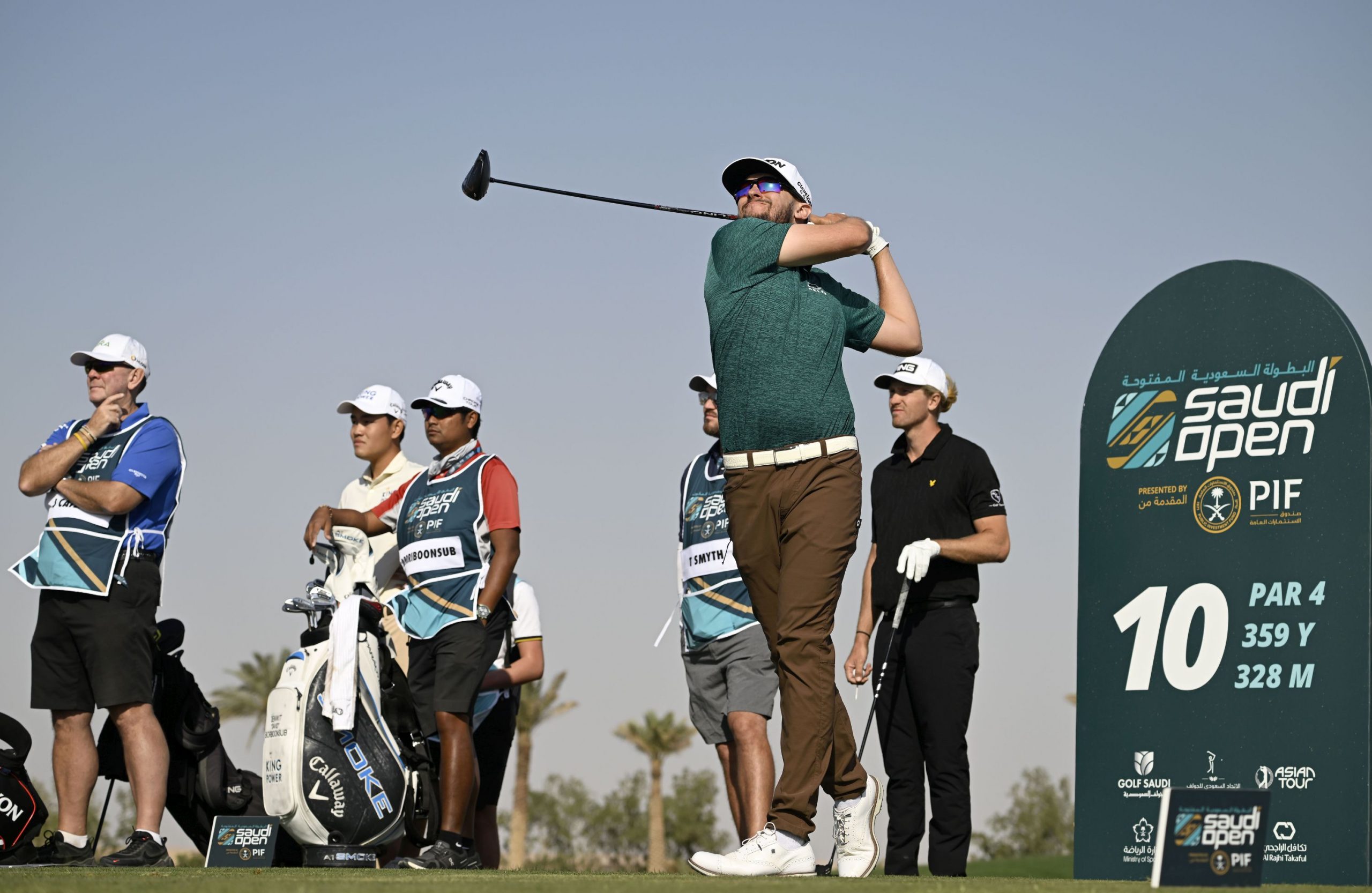
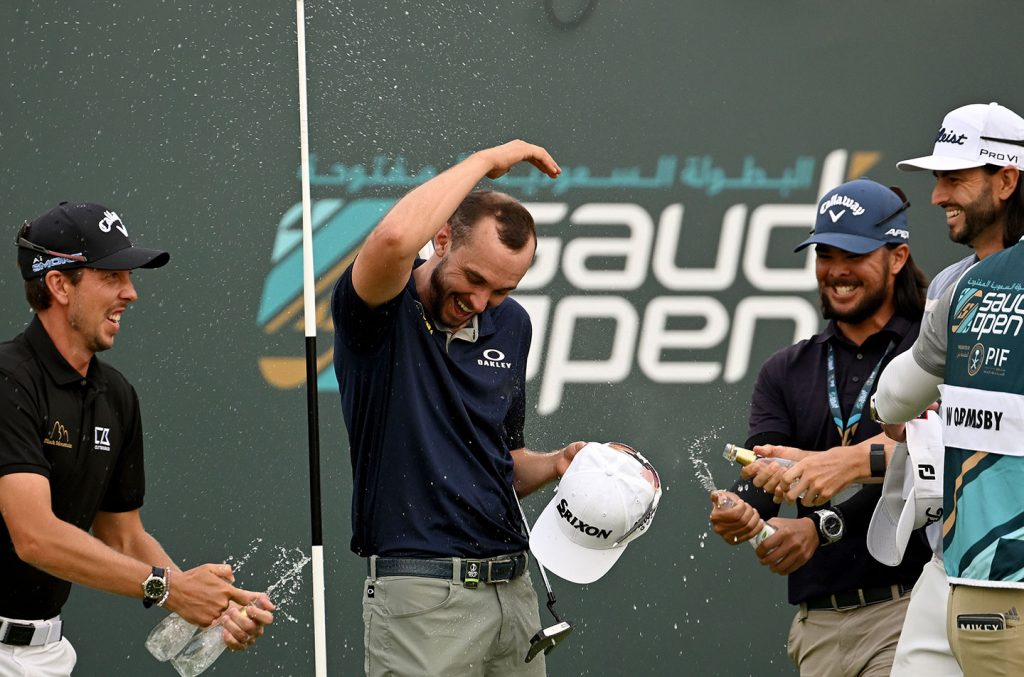




Recent Comments